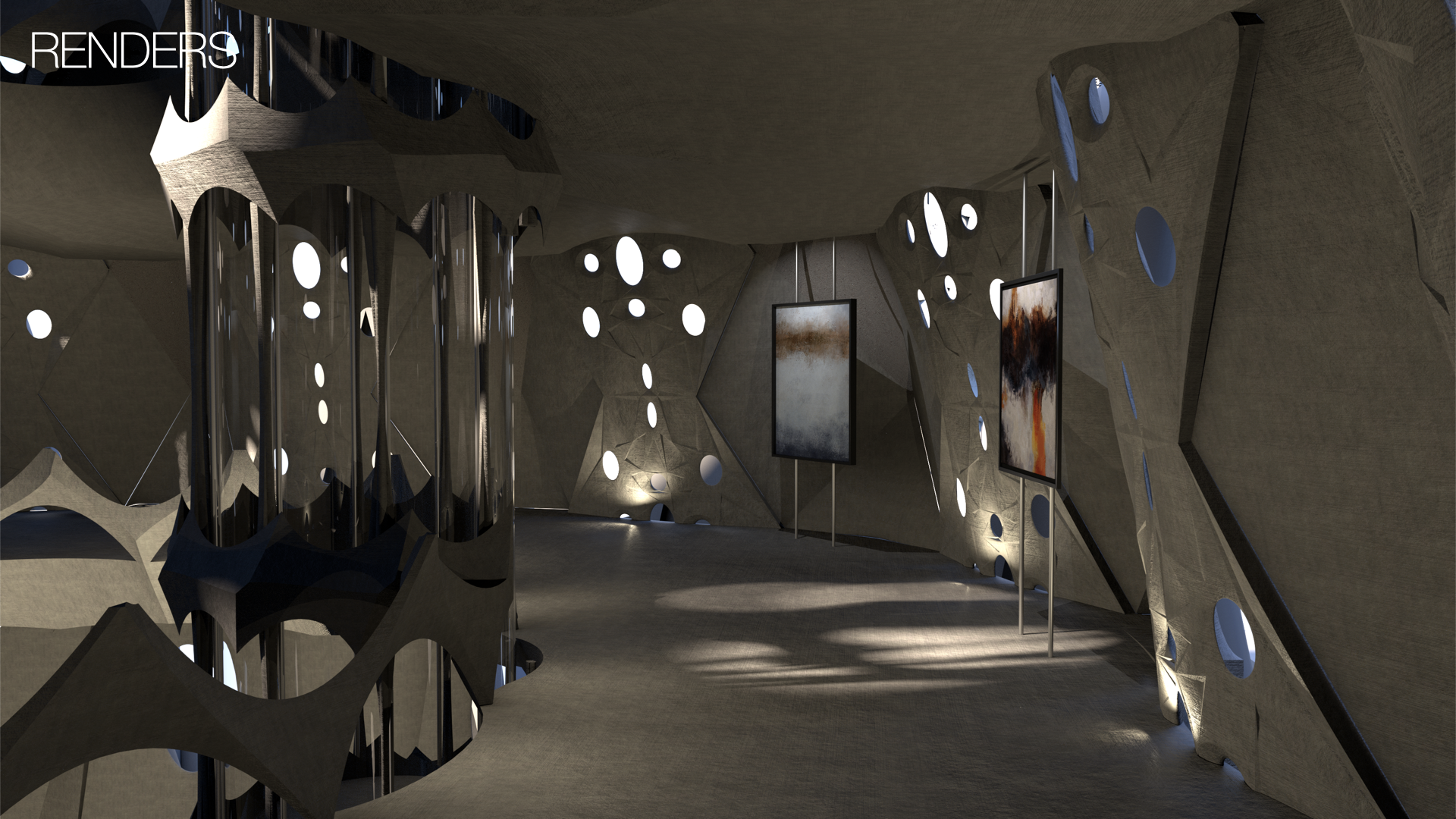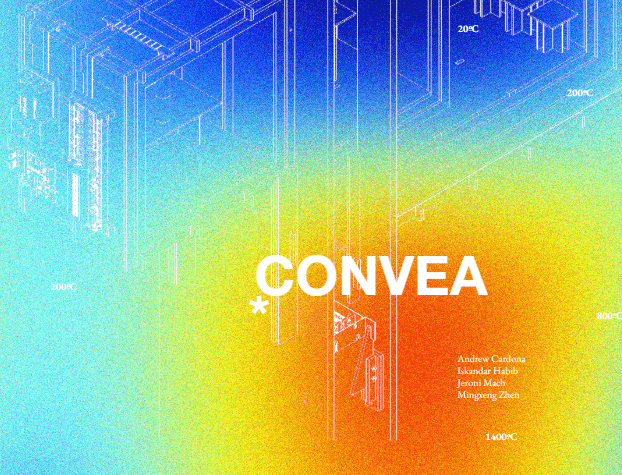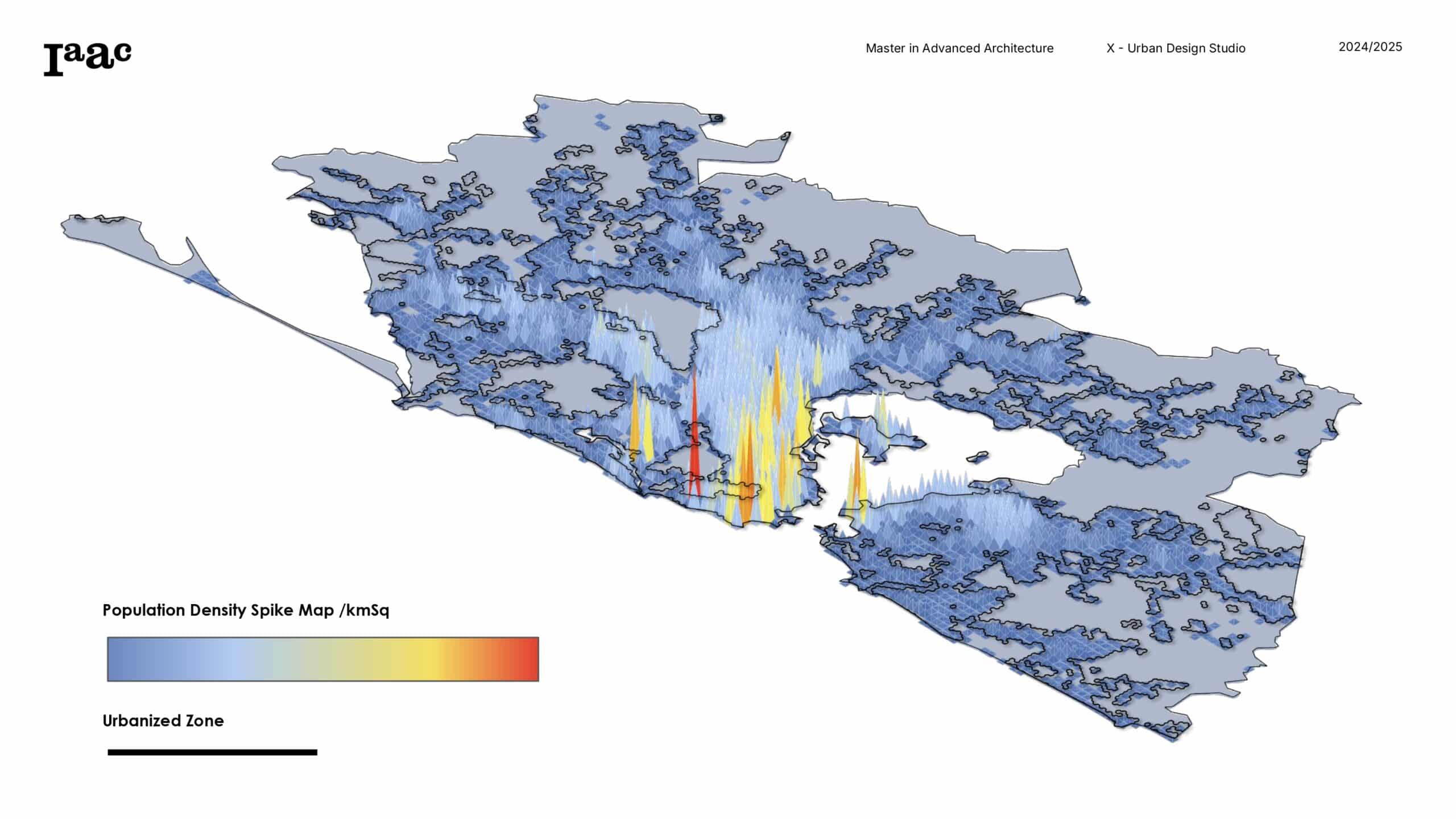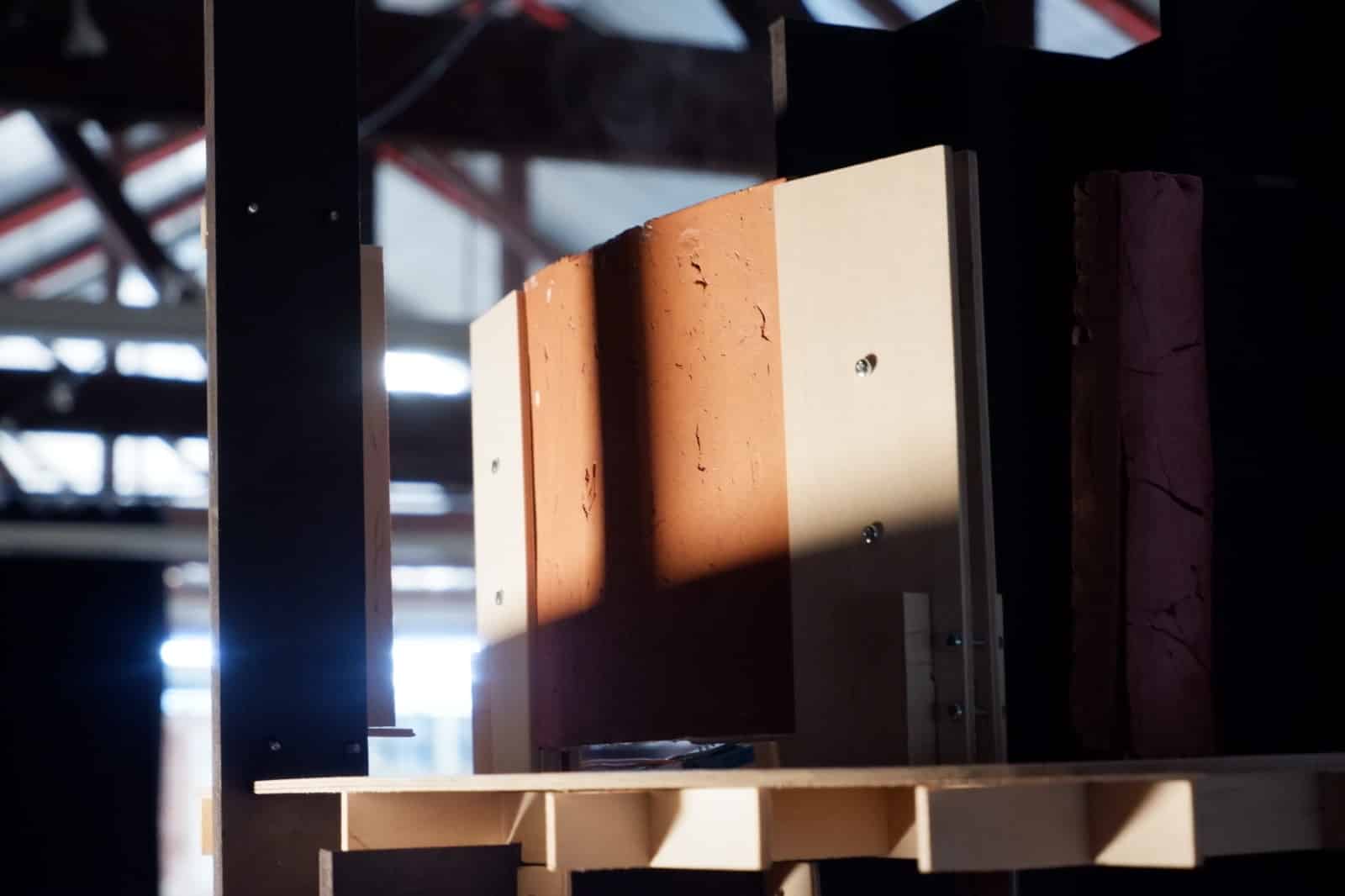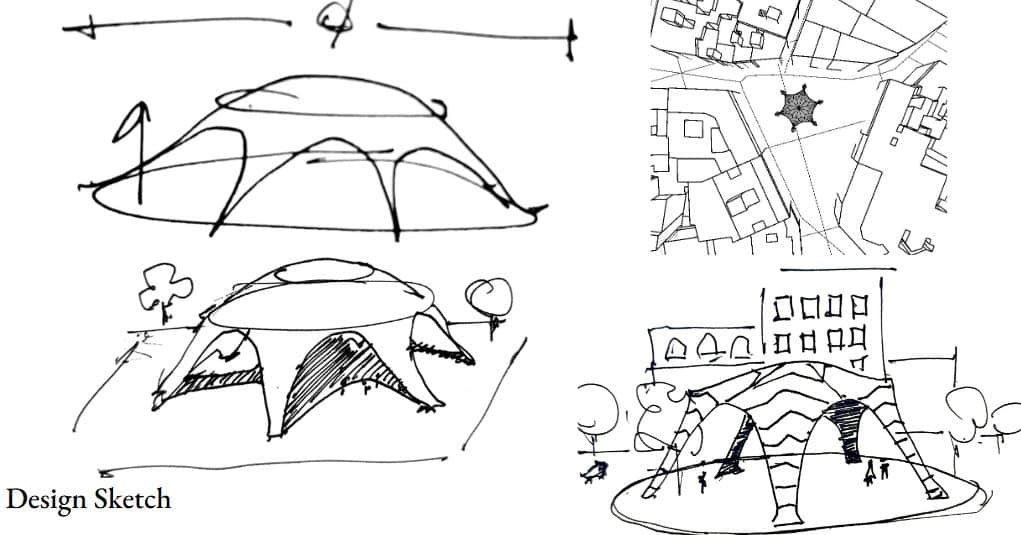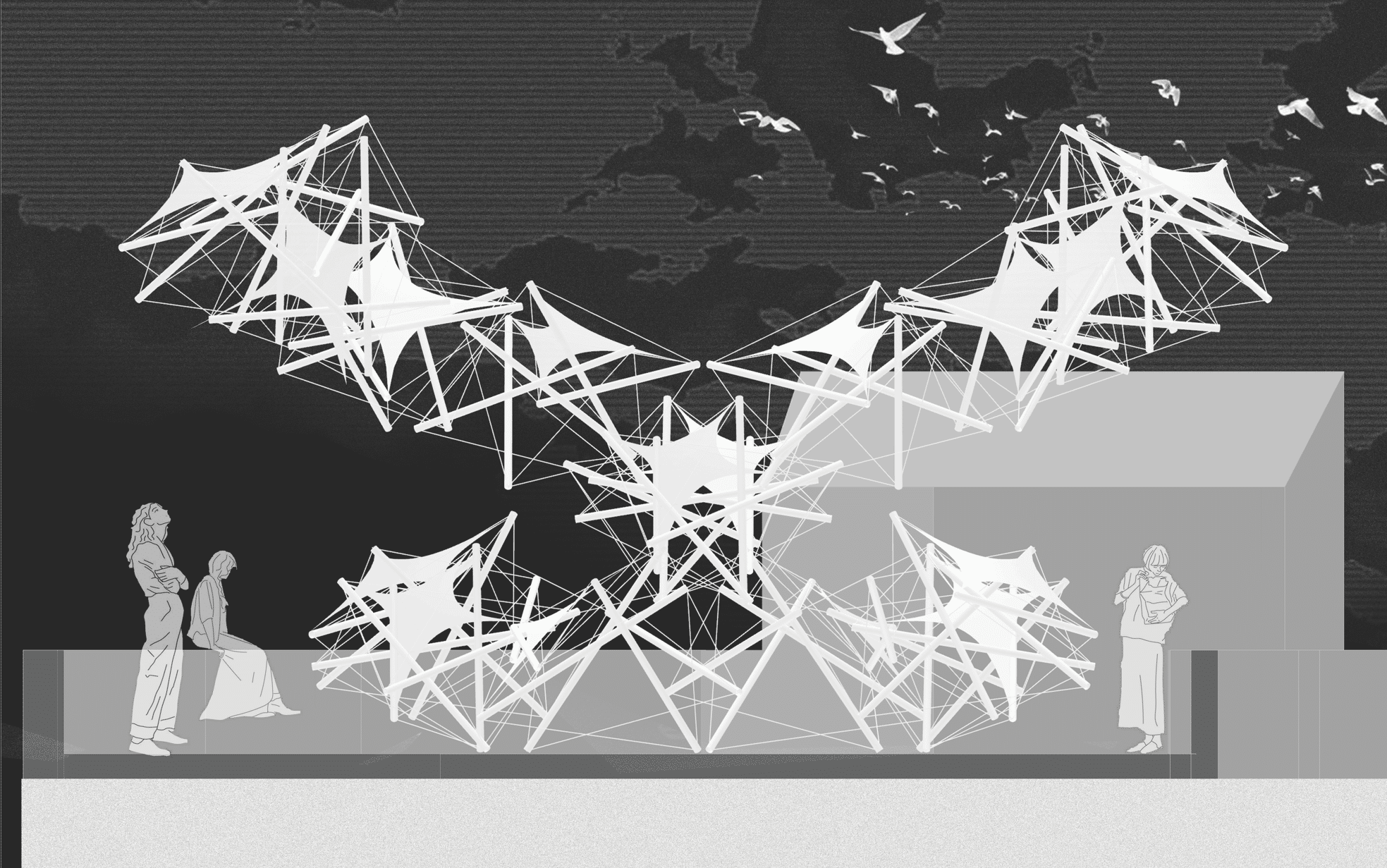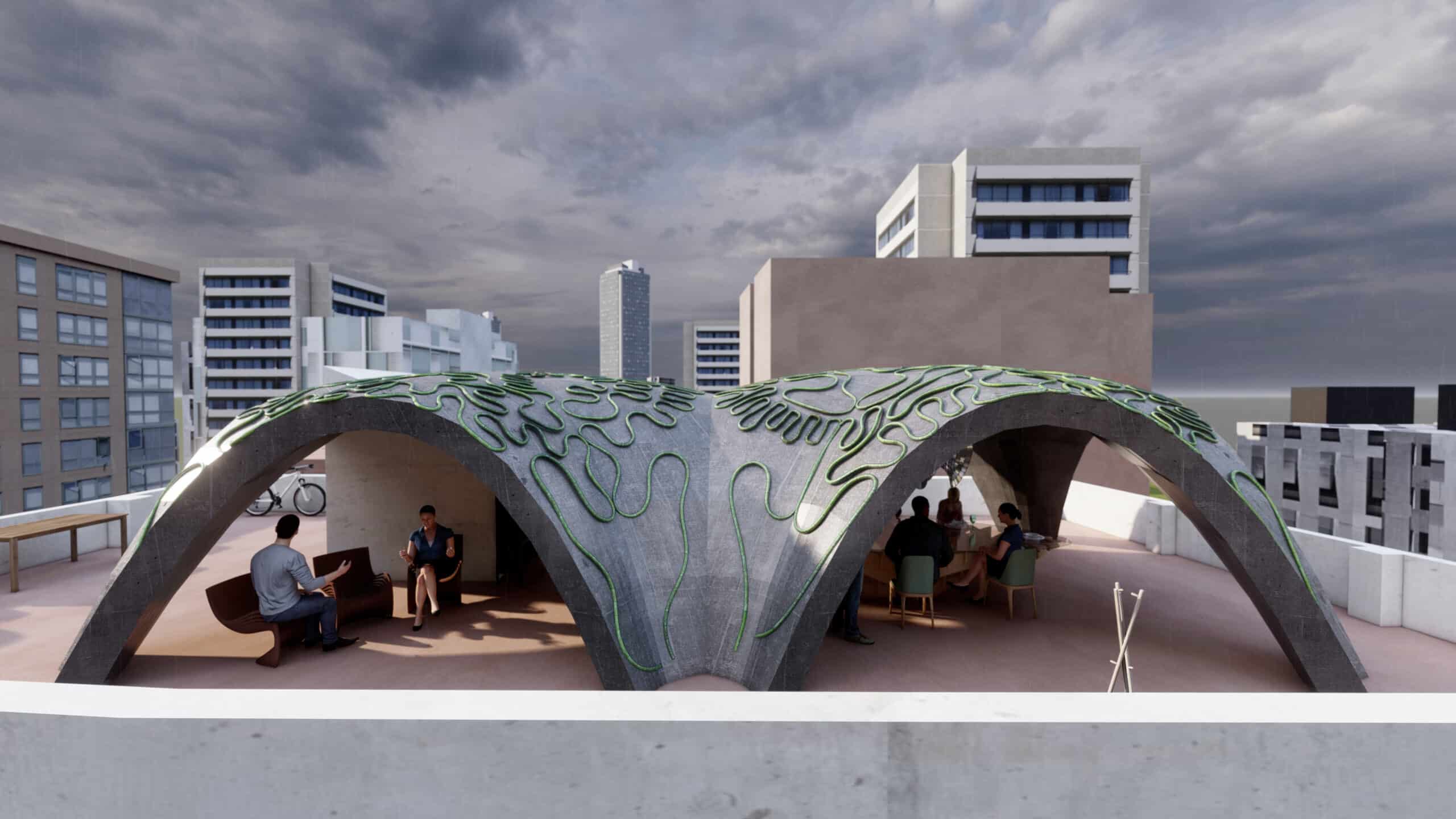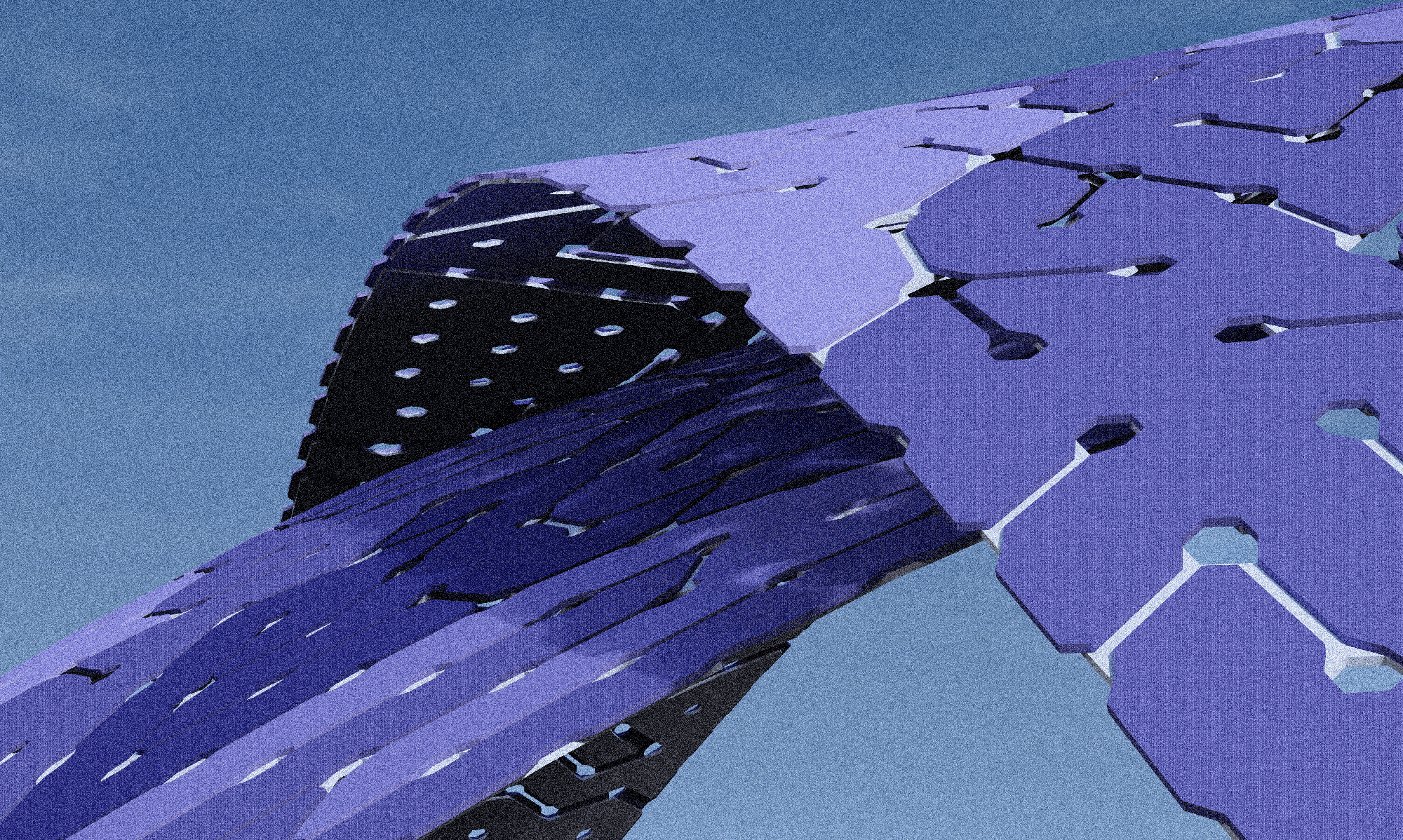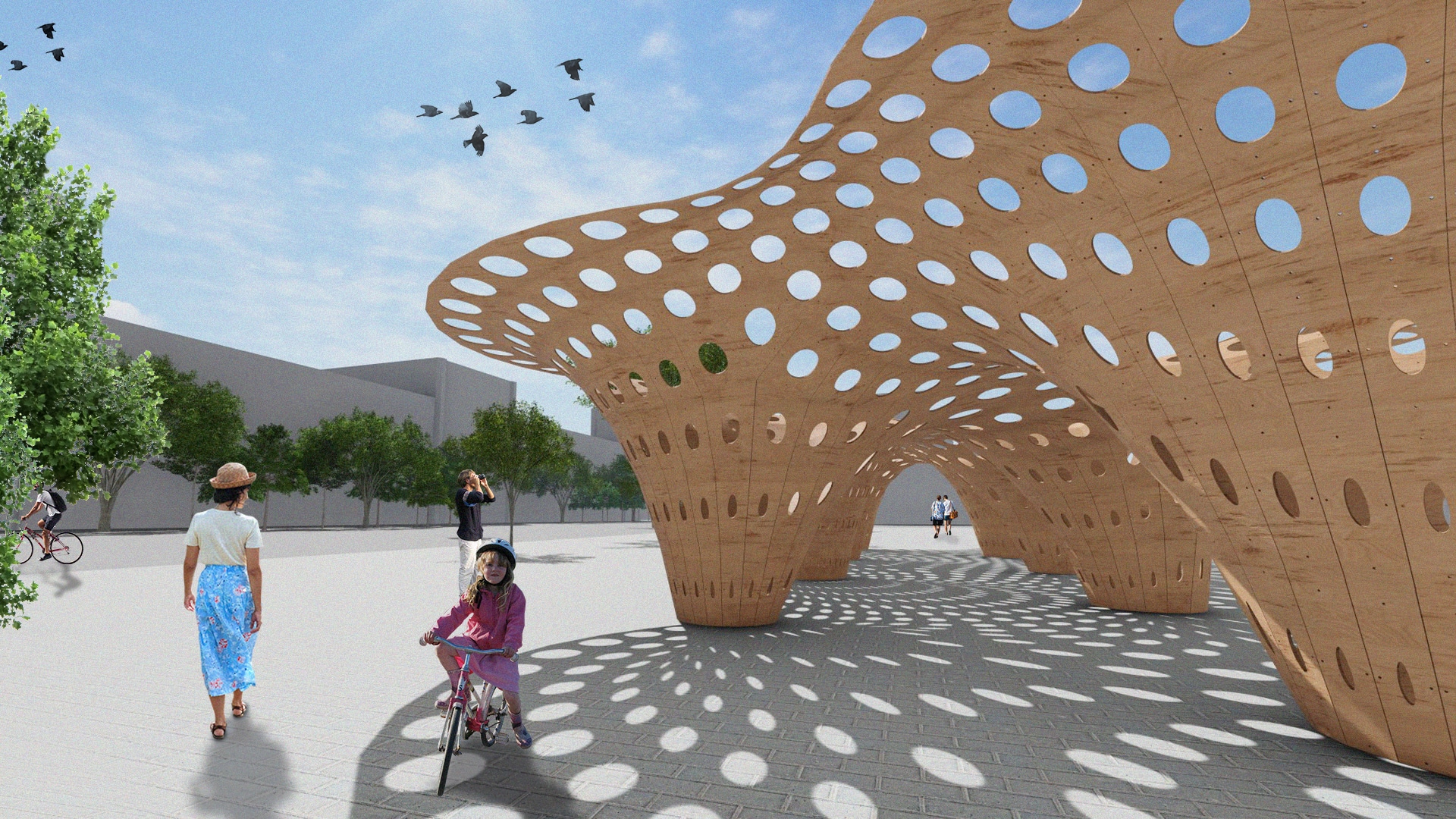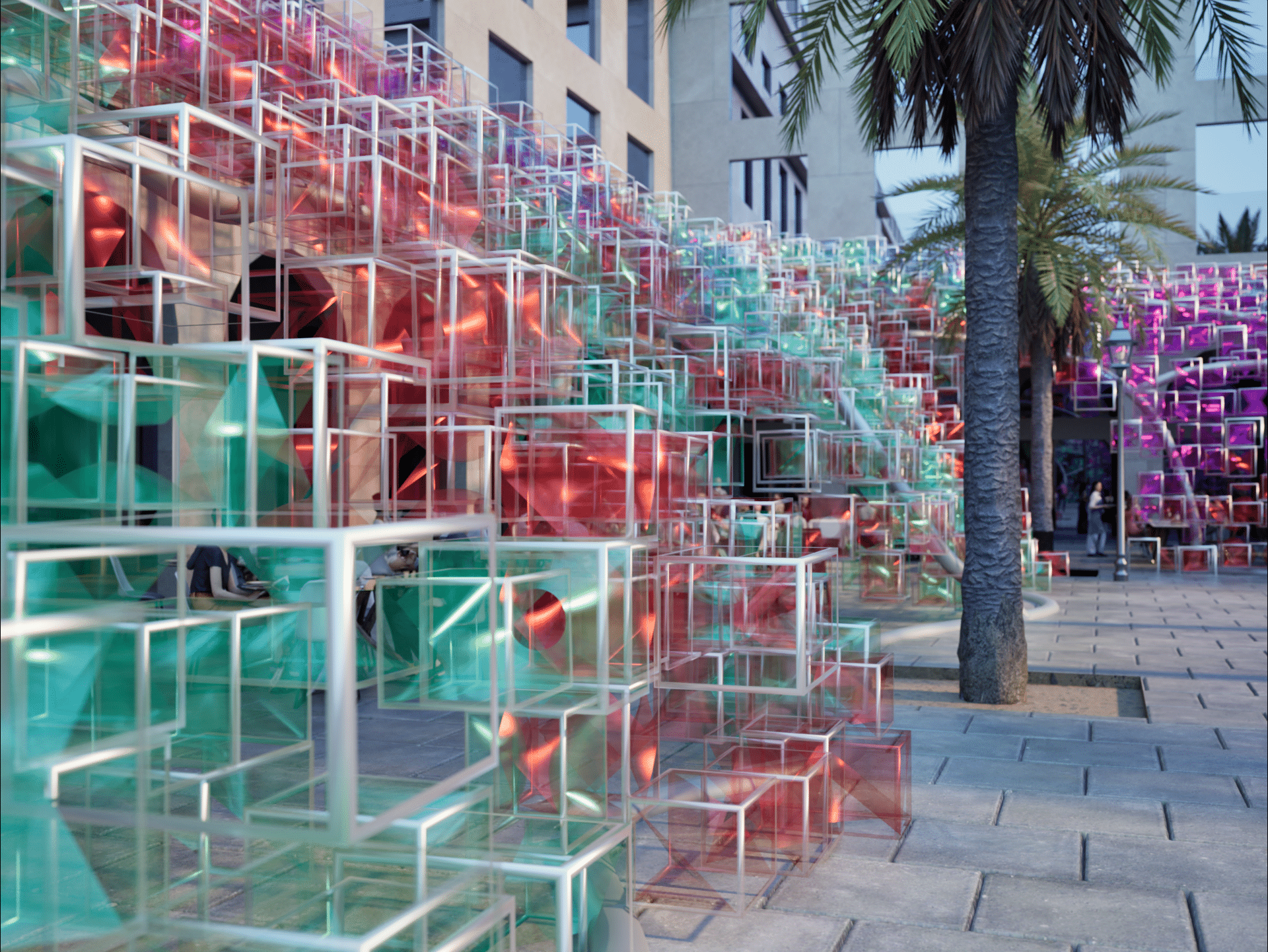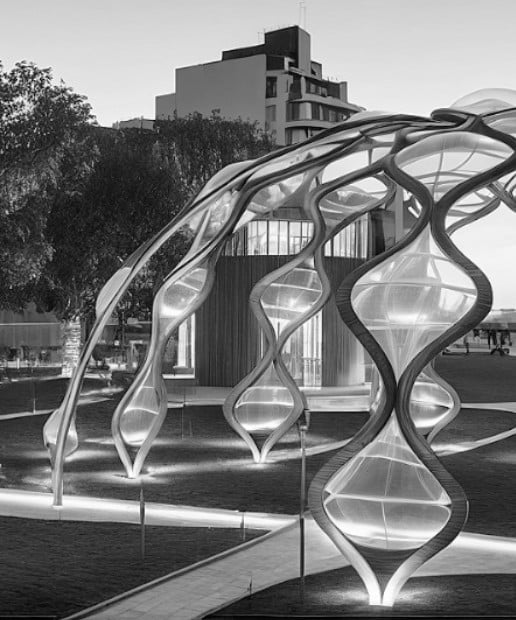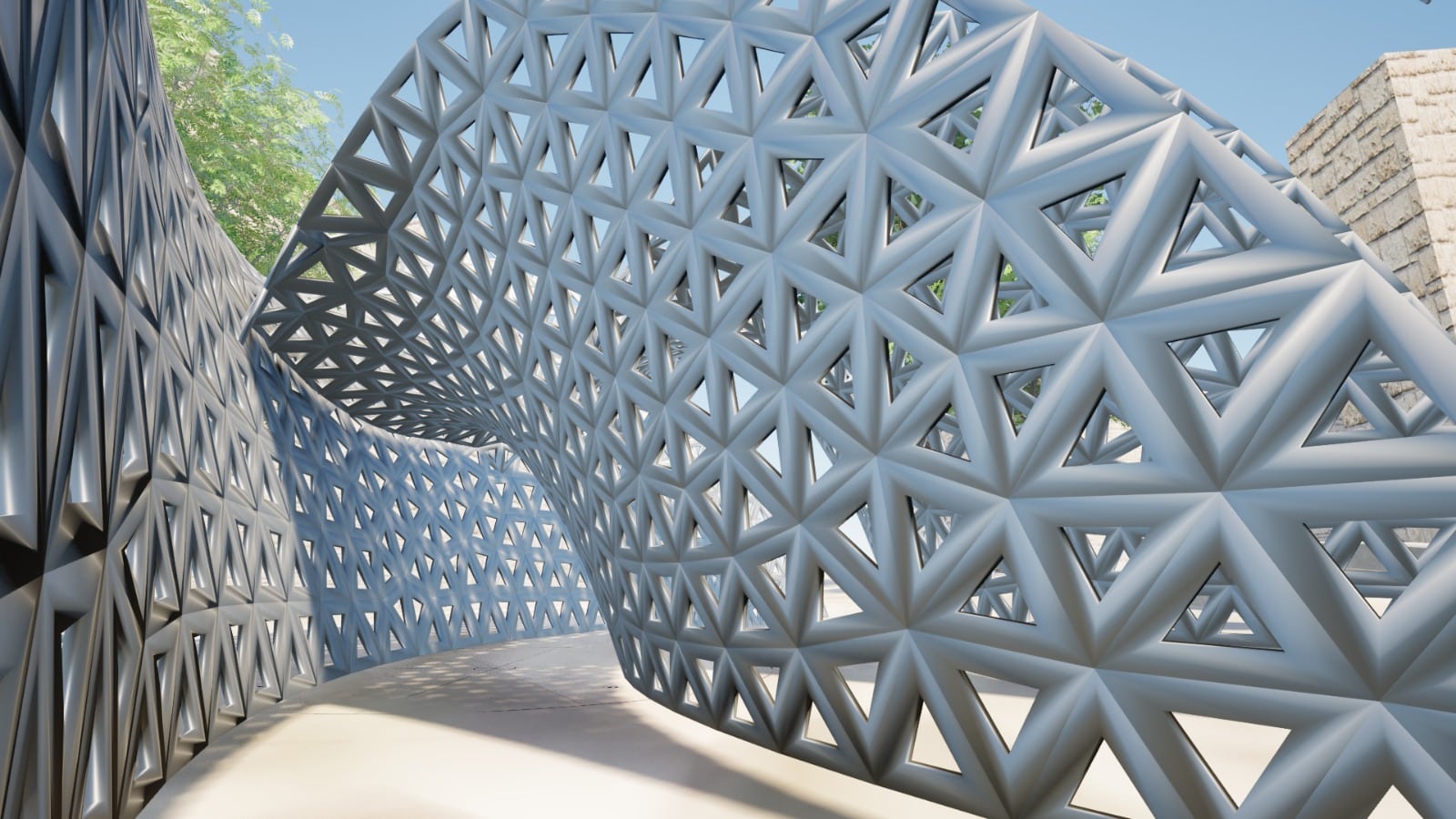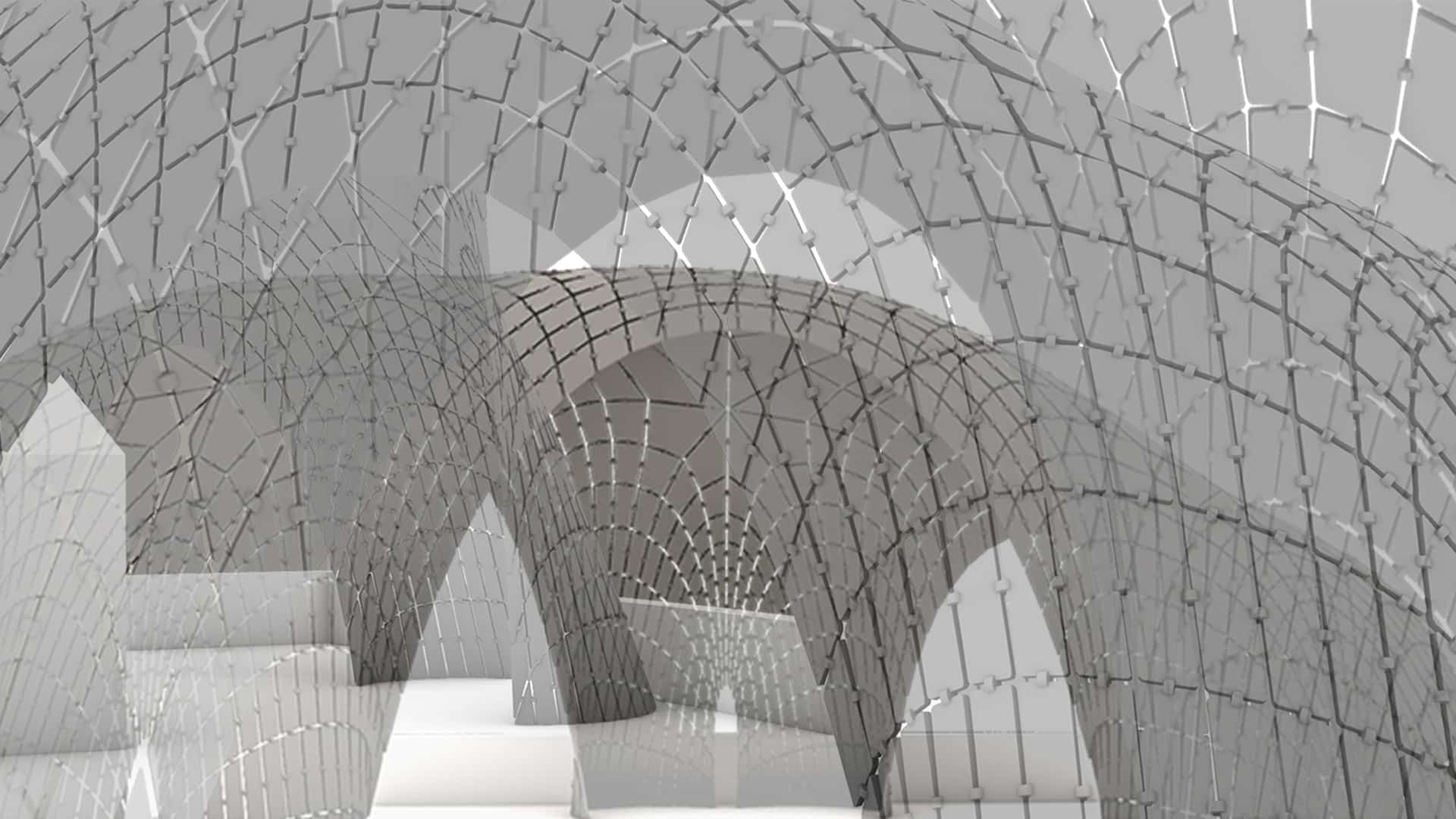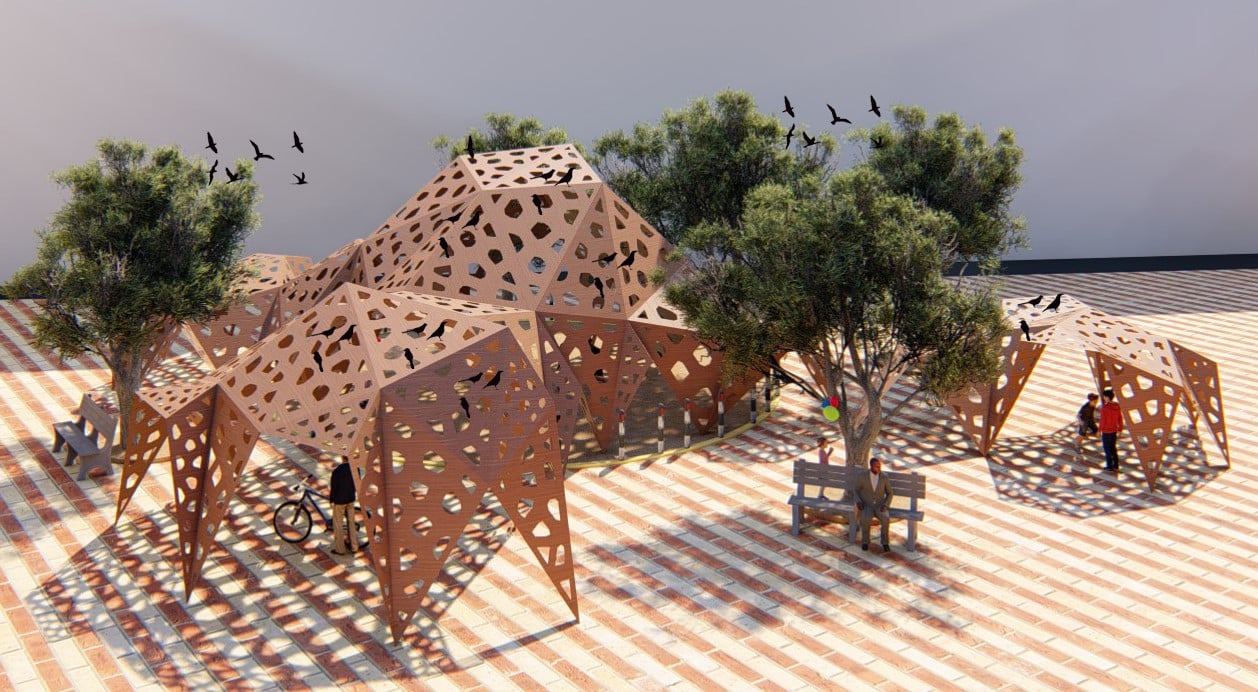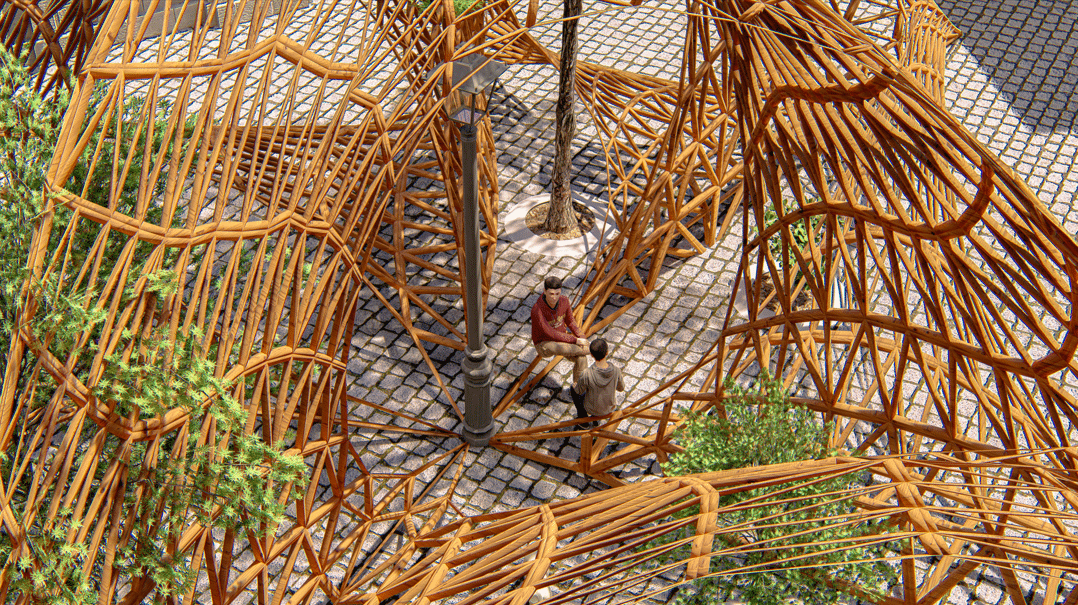Within the current global context of rapid change, integrated with the potentials of digital technologies, IAAC’s Master in Advanced Architecture (MAA) is committed to the generation of new ideas and applications for Urban Design, Self Sufficiency, Digital Manufacturing Techniques and Advanced Interaction.
In this context IAAC works with a multidisciplinary approach, facing the challenges posed by our environment and the future development of cities, architecture and buildings, through a virtuous combination of technology, biology, computational design, digital and robotic fabrication, pushing innovation beyond the boundaries of a more traditional architectural approach.
CONVEA
USING CORK AS A DELINEATOR OF INTERNAL CLIMATIC PROGRAMS a. initial machine phenomena studies b. first iteration of phenomena recreated c. second iteration of phenomena model on column site d. photographs of second iteration
Re Rio: Infrastructure Justice
What is Infrastructure Justice? Rio’s Context State of the Art Rio Maps Sao Goncalo Proposal Thank you!
Thermocrest – Heat as a spatial design tool
This Project explores how reflective, vernacular materials—such as ceramics—can be utilized in construction to manage infrared radiation and influence microclimates. By reflecting rather than absorbing heat, these materials contribute to passive cooling, reducing urban heat island effects and enhancing thermal comfort. We analyze the physical properties of ceramics, their historical applications in traditional architecture, and … Read more
H/Rooftop?
Kangaroo Inflation / Reciprocal Framework Referential Work / Component and Parameters Form Finding Render / Immersion Animation / Process
Vaulted Canopy Pavilion of Pl. de Sant Pere
Project by Saad Khan and Gustavo Calderone The final task for the term was to design a 100-square-meter pavilion in Plaça de Sant Pere, Barcelona, using computational design logic through Grasshopper. This project explores generative design strategies to create an adaptable pavilion using parametric methodologies, ensuring a responsive and dynamic architectural intervention within the urban … Read more
Tensegrate
Computation Design Seminar-Term II The project envisions a dynamic tensile structure on a terrace, integrating tensegrity to create a lightweight yet structurally efficient space for public interaction. Designed as a multifunctional hub, the pavilion provides a space for relaxation, lunch breaks, social gatherings, and contemplation. By leveraging computational design tools such as Kangaroo, we explore … Read more
Root Roof
The industrial warehouse building what was renovated and adapted to be a school with a variety of classrooms, offices, workshops and exhibition area. The Institute for Advanced Architecture of Catalonia (IAAC) is a globally recognized research and educational institution based in Barcelona, Spain. It focuses on the future of architecture, design, and technology, with a … Read more
Computational Design Seminar: Maze Pavillion
The project explores computational design through a pavilion in Plaza de Cataluña, Barcelona, inspired by the works of Marc Fornes. Pedestrian flow analysis defined the pavilion’s anchor points, generating three structural elements using the Kangaroo plugin in Grasshopper. Subsequently, Ivy and the Kruskal algorithm were used to develop an optimized panelization pattern, facilitating digital fabrication. … Read more
Computational Design Seminar: BOSQUIA
In this project, we explore computational design tools within Grasshopper to design a pavilion in Plaça de la Universitat, here in Barcelona. This plaza is located in the Eixample District and it gets its name from its close proximity to the historic building of the University of Barcelona. Additionally, we develop the methodology for the … Read more
The anemonic Veranda
The Best Canopy This project proposal transforms a public space by harnessing the power of color, light, and delicate architectural elements to create a vibrant and inviting environment. By extending the public ground, the design seamlessly integrates the space with its surroundings, fostering a sense of continuity and community. The extension incorporates a veranda that … Read more
Ethereal Bloom
The Ethereal Bloom Pavilion embodies fluidity and lightness, mimicking organic structures found in nature. The twisted lattice frame, already developed through a parametric script, acts as the primary structural element. The spaces between the frame are filled with inflatable ETFE panels, which are designed to respond to air pressure forces and achieve a soft, billowing … Read more
PERPETUA – perpetual and unending
Abstract Perpetua is a pavilion that embodies fluidity, continuity, and movement. Inspired by the dynamic energy of Plaça Nova, its overlapping curves rise and intertwine, forming three distinct yet connected pathways that invite exploration. The name “Perpetua”, meaning perpetual and unending, reflects the seamless transition of space, where geometry and motion merge into an evolving … Read more
Luzarca
A Fluid Dialogue Between Light, Space, and Movement. Luzarca is a lightweight architectural pavilion that merges computational design, structural efficiency, and urban interaction. Its undulating mesh canopy creates a dynamic play of light and shadow, shifting throughout the day. Designed for modularity, it is easily assembled, disassembled, and relocated, emphasizing sustainability. The pavilion fosters movement … Read more
Nestcape
CONCEPT Plaça de George Orwell, a historically and socially complex urban space in Barcelona, serves as the foundation for our pavilion, Nestscape. Inspired by the triangular geometry of the plaza, the design emerges as a modular, porous canopy that interacts with human and avian movement alike. The pavilion responds to the site’s historical evolution—from a contested public … Read more
Sant Felip Neri Pavilion
Master in Advanced Architecture Computational Design Seminar Yetkin Demir / Giovanny Gordillo SITE Placa De Sant Felip Neri is a small square located in the Gothic quarter. Bearing scars from the Spanish Civil War in 1938, this plaza holds a tragic past. Surrounded by the church and mixed use buildings, this square serves as a … Read more

